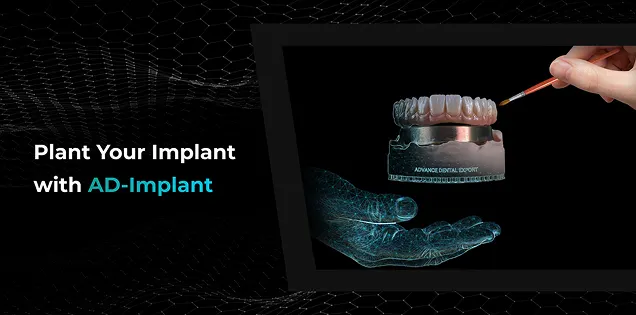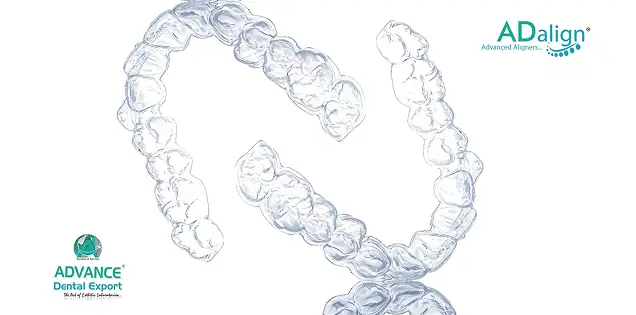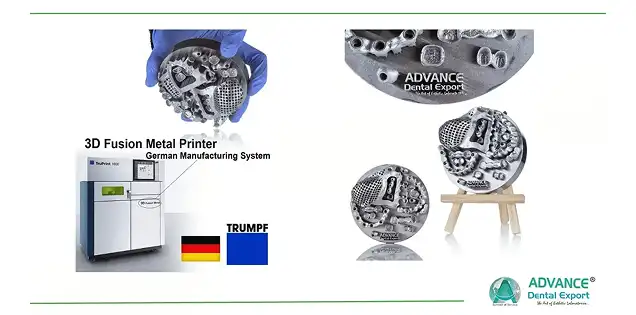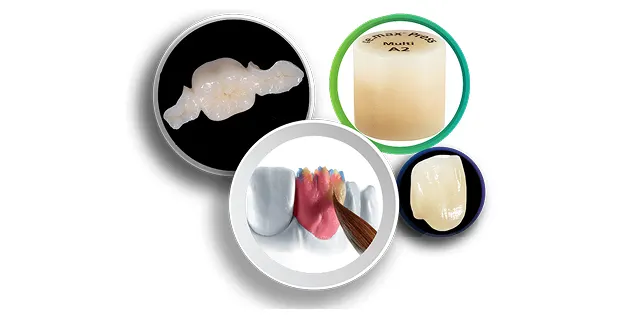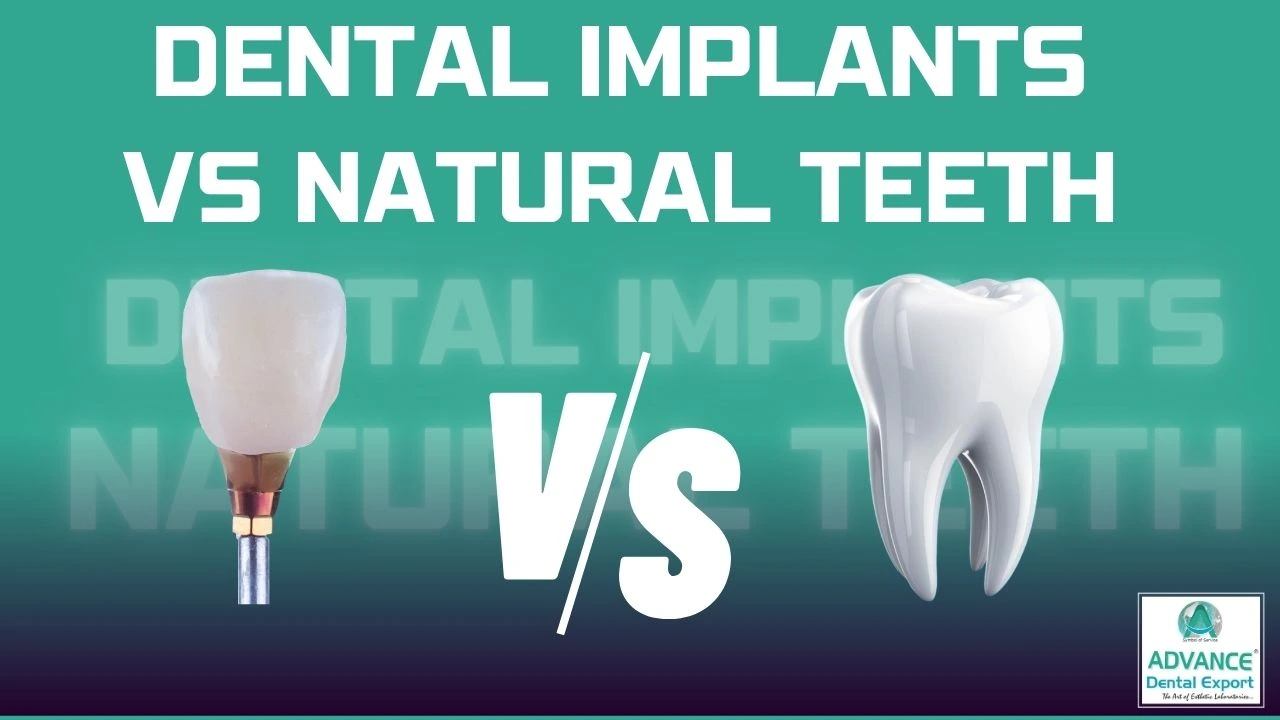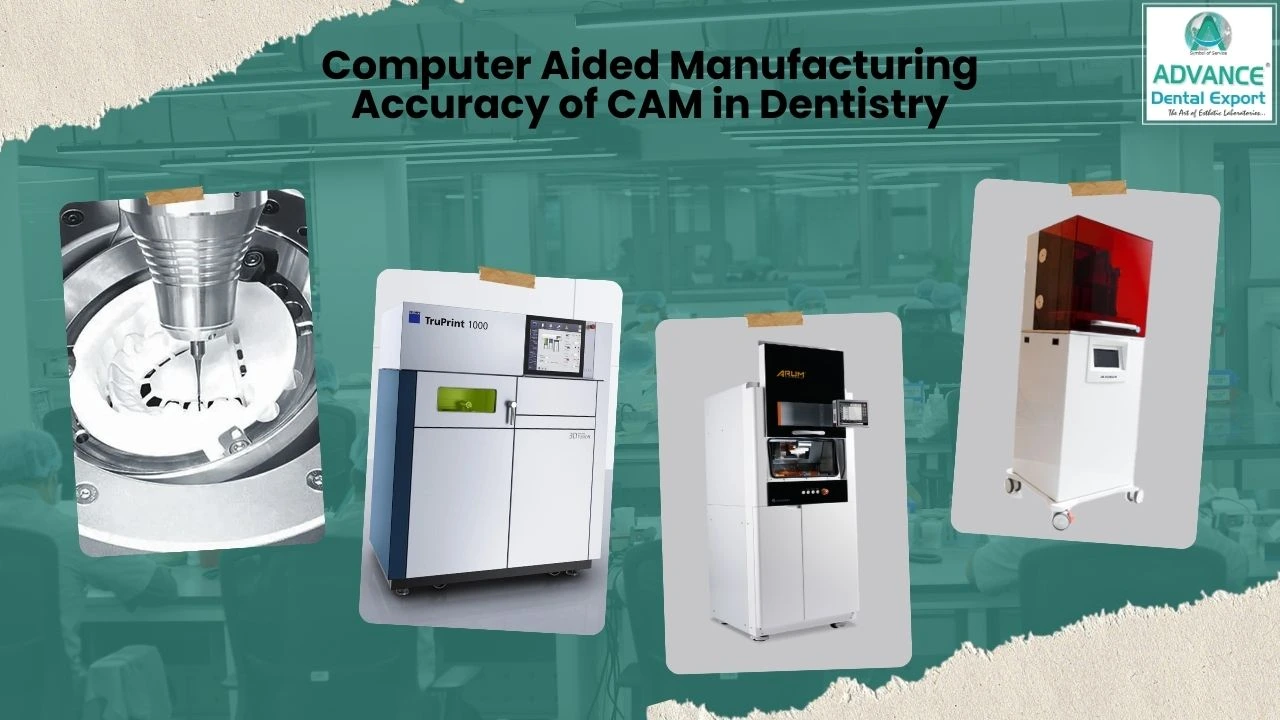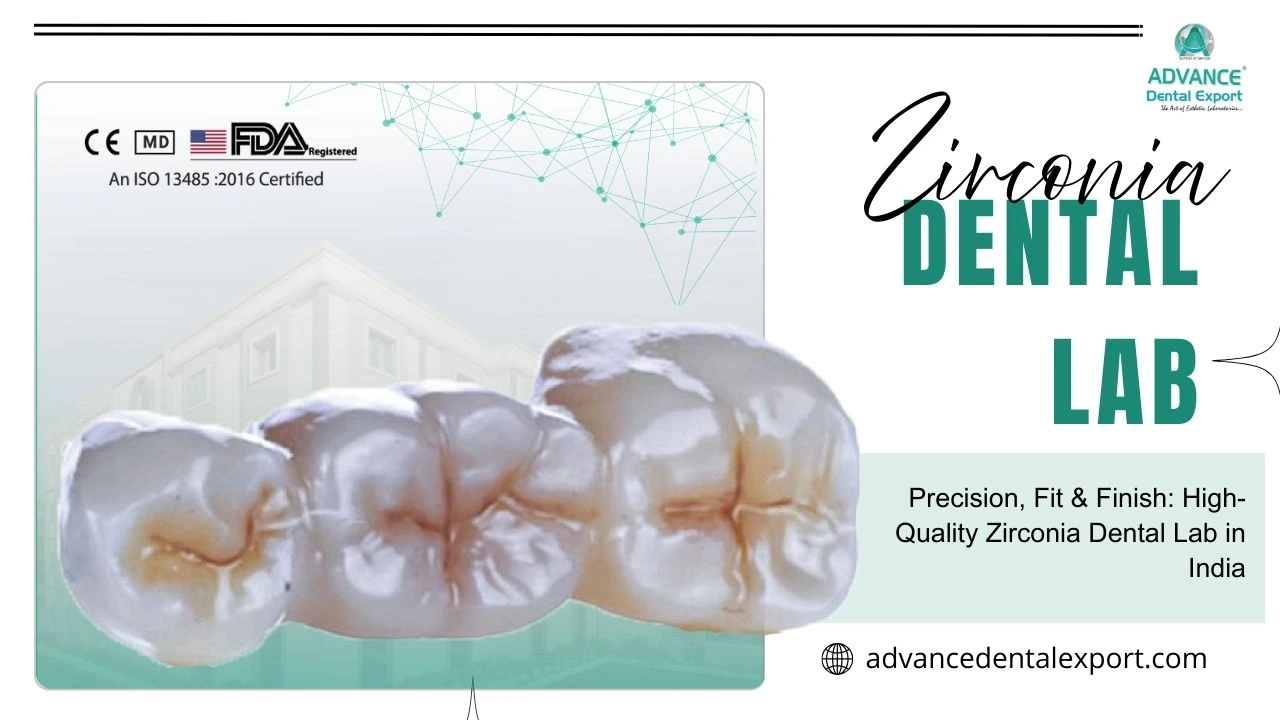Decades after their debut, PFM crowns remain the dentist's go-to restoration, combining metal's indomitable strength with porcelain's photorealistic good looks in a way no all-ceramic system has yet surpassed.
The Enduring Appeal of PFM Crowns
From load-bearing posterior molars to cosmetic anterior work, porcelain-fused-to-metal restorations provide a singular combination: a fracture-resistant, ductile metal substructure and a porcelain veneer that can be customized to provide natural translucency and shade matching.
This adaptability accounts for the fact that clinicians still have faith in PFMs for reliable, long-term performance.
PFM Crown Essentials
- Metal Framework: Generally, a high-noble or noble alloy optimized for maximum strength, fit, and biocompatibility.
- Porcelain Overlay: Layered and fired to obtain accurate shade gradations, surface texture, and gloss.
- Bonding Interface: A precisely controlled oxide layer on the metal provides strong porcelain retention.
History & Evolution
From a humble metal crown with a porcelain veneer, one of dentistry's most dependable and adaptable restorations has evolved—how PFM crowns became a golden age.
Beginnings of Porcelain-Fused-to-Metal Restorations
- 1950s —Early PFM restorations arrive, uniting gold alloys with feldspathic porcelain to improve aesthetics without compromising durability.
- 1960s —Base-metal alloys (nickel-chromium, cobalt-chromium) become popular due to reduced cost and similar performance.
- 1970s —Refining of oxide-bonding procedures guarantees stronger porcelain adhesion and lower veneer chip rates.
Key PFM Development Milestones
| Decade | Innovation |
| 1980s | Introduction of high-noble alloys (gold-palladium) for biocompatibility and corrosion resistance |
| 1990s | Advances in porcelain chemistry improve shade range and translucency |
| 2000s | CAD/CAM systems begin fabricating PFM copings, boosting precision and reducing labour |
| 2010s | Pre-sintered metal frameworks and laser welding streamline production workflows |
| 2020s | Hybrid PFMs incorporate zirconia-reinforced ceramics to further enhance strength and aesthetics |
Anatomy of a PFM Crown
Ever wondered what makes PFM crowns that characteristic mix of resilience and realistic look? It boils down to a highly crafted two-part design.
Metal Substructure: Alloys and Properties
High-Noble Alloys (Gold, Gold-Palladium):
- Exceptional biocompatibility and corrosion resistance
- Optimum ductility for accurate marginal adaptation
Noble Alloys (Palladium-Silver, Gold-Silver):
- Harmonized cost and performance
- Good bond strength to porcelain
Base-Metal Alloys (Nickel-Chromium, Cobalt-Chromium):
- High rigidity and strength at reduced cost
- Needs a controlled oxide layer for durable porcelain bonding
Explore Our Restorations
Porcelain Veneer: Layering and Firing
Opaque Layer: Conceals the metal structure and offers the initial shade base
Dentin Layer(s): Replicates the body of natural tooth structure with depth and color
Enamel Layer: Imparts translucent, light-reflective characteristics for natural brilliance
Firing Cycles: Precise control of temperature (700–900 °C) provides maximum porcelain sintering without sacrificing metal integrity.
Advantages That Characterize the Gold Standard
What other restoration can claim decades of clinical success, unmatched load-bearing ability, and genuinely tailored aesthetics?
PFM crowns' singular blend of strength and beauty leaves them comfortably at dentistry's peak.
Strength and Fracture Resistance
- The metal substructure resists crack propagation, allowing PFMs to be perfectly suited for posterior molars and long-span bridges.
- Established fatigue resistance with 20+ years of follow-up studies.
Aesthetic Versatility and Shade Matching
- Layered porcelain technology permits unlimited custom shade blending to duplicate adjacent dentition.
- Translucency gradients—from masking the opaque core through the enamel-like surface—replicate natural light dynamics.
Longevity and Biocompatibility
- High-noble and noble alloys reduce corrosion and tissue irritation.
- Documented survival rates of over 95% at 10 years in several clinical trials.
PFM vs. Other Restorations
Confronted by a menu of contemporary materials—from zirconia to lithium disilicate—why does porcelain-fused-to-metal still tend to be the best answer?
| Feature | PFM Crowns | All-Ceramic Crowns |
| Fracture Toughness | Excellent (metal core) | Good to moderate (material-dependent) |
| Esthetic Control | Infinite shade layering | Limited by material translucency |
| Margin Adaptation | < 50 µm with precise metal casting | ~ 70–100 µm (milling tolerances) |
| Cost | Moderate to high | Variable (often higher in premium ceramics) |
| Long-Term Track Record | 40+ years of clinical data | 10–20 years, depending on material |
When to Select PFM over Zirconia or E-Max
- High-Load Situations: Multi-unit posterior bridges where chipping is not acceptable.
- Complicated Shade Color: Cases where masking discolored stumps or layering blends are complicated.
- Minimal Prep Space: Thin coping metal provides strength in thin preparations.
- Budget Limitations: Dependable performance without the luxury price of certain monolithic ceramics.
Manufacturing & Quality Control
Behind each perfect PFM crown lies a precision-based production sequence—where state-of-the-art technology intersects with tried-and-true lab expertise to ensure consistent perfection.
CAD/CAM vs. Traditional Techniques
Traditional Casting:
- Manual wax-up and investment casting provide excellent marginal fit when carefully performed.
- Operator skill plays a significant role in consistency; multiple processes enhance remake risk.
CAD/CAM Fabrication:
- Computer design of metal copings provides consistent thickness and precise anatomy.
- Pre-sintered or sintered milling of metal blocks eliminates labour and human error.
- Computer workflows create standardized coping libraries for fast case turnarounds.
Lab Protocols for Best Fit and Endurance
| Process Stage | Quality Control Measure |
| Wax Patterns / Digital Copings | Verify wall thickness with a micrometre; adjust to 0.3–0.5 mm metal core |
| Casting/Sintering | Use calibrated furnaces; monitor temperature within ±2°C. |
| Porcelain Application | Apply opacity and dentin layers in controlled humidity; fire according to the manufacturer's cycle. |
| Finishing & Polishing | Inspect margins under magnification; polish to Ra < 0.5 µm |
| Final Fit Verification | Seat crowns on model; verify < 50 µm marginal gap with fit-checker paste |
Looking for a trusted lab partner? Get high-precision restorations from Advance Dental Export
Cementation Protocol & Maintenance
A crown's journey is not complete once it exits the lab—meticulous cementation and careful maintenance are essential to maintaining PFM restorations for decades.
Surface Preparation and Luting Agents
Intaglio Conditioning:
- Sandblast the metal coping interior using 50 µm aluminium oxide at 1 bar for maximum micromechanical retention.
- Clean ultrasonically in alcohol or water to eliminate debris.
Primer Application:
- Apply a metal primer with phosphate monomers to enhance chemical bonding.
Cement Choice:
- Resin-Modified Glass Ionomer: Provides fluoride release and moisture tolerance.
- Self-Adhesive Resin Cements: Ease workflow with a strong bond and aesthetic shade of tooth.
Patient Home Care and Recall Strategies
- Oral Hygiene: Patients should be encouraged to brush twice daily with non-abrasive toothpaste and clean interdentally daily around margins.
- Recall Schedule: Six-monthly professional appointments for cleanings and crown examination to monitor marginal integrity and porcelain chips.
- Maintenance Tips: Prevent excessive forces (e.g., on ice) and use nightguards if bruxism exists.
Frequently Asked Questions
Q1: How long do PFM crowns last?
A: If correctly cemented and maintained, PFM crowns will last 15–20 years or more.
Q2: Are PFM crowns safe for metal-allergic patients?
A: High-noble and noble alloys reduce allergic responses; for patients who are sensitive, nickel-free or gold-based alloys can be used.
Q3: Can PFM crowns disguise dark tooth stumps?
A: Yes—an opaque layer of porcelain over the metal coping successfully covers up discolouration.
Q4: How thin can I make a PFM crown?
A: Metal copings at 0.3–0.5 mm thickness still retain strength, making conservative preparations possible.
Q5: Do I want to use PFM instead of all-ceramic in the aesthetic zone?
A: In case of highly discoloured teeth or minimal prep space, PFMs tend to provide better predictable masking and strength.
Conclusion
PFM crowns continue to be the gold standard due to the unbeatable combination of strength, aesthetic customisation, and established longevity.
Ready to take your restorative cases to the next level using reliable PFM solutions?
Reach out to our lab today at [email protected] , and let’s start your PFM journey with us.

